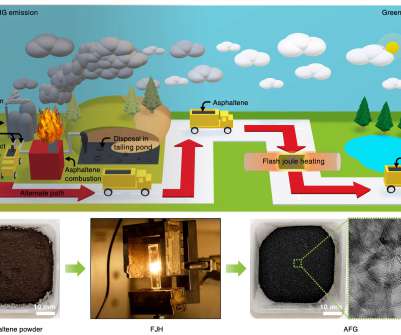IACMI, DuPont and Purdue partner on automotive carbon-fiber composites
Green Car Congress
AUGUST 18, 2016
Multiple factors, including cost and design constraints, present barriers to the adoption of composites in high volume automotive applications. This new IACMI project will address both of these critical areas through a fundamentally different approach to the manufacturing of carbon fiber composites versus those currently in use today.




























Let's personalize your content